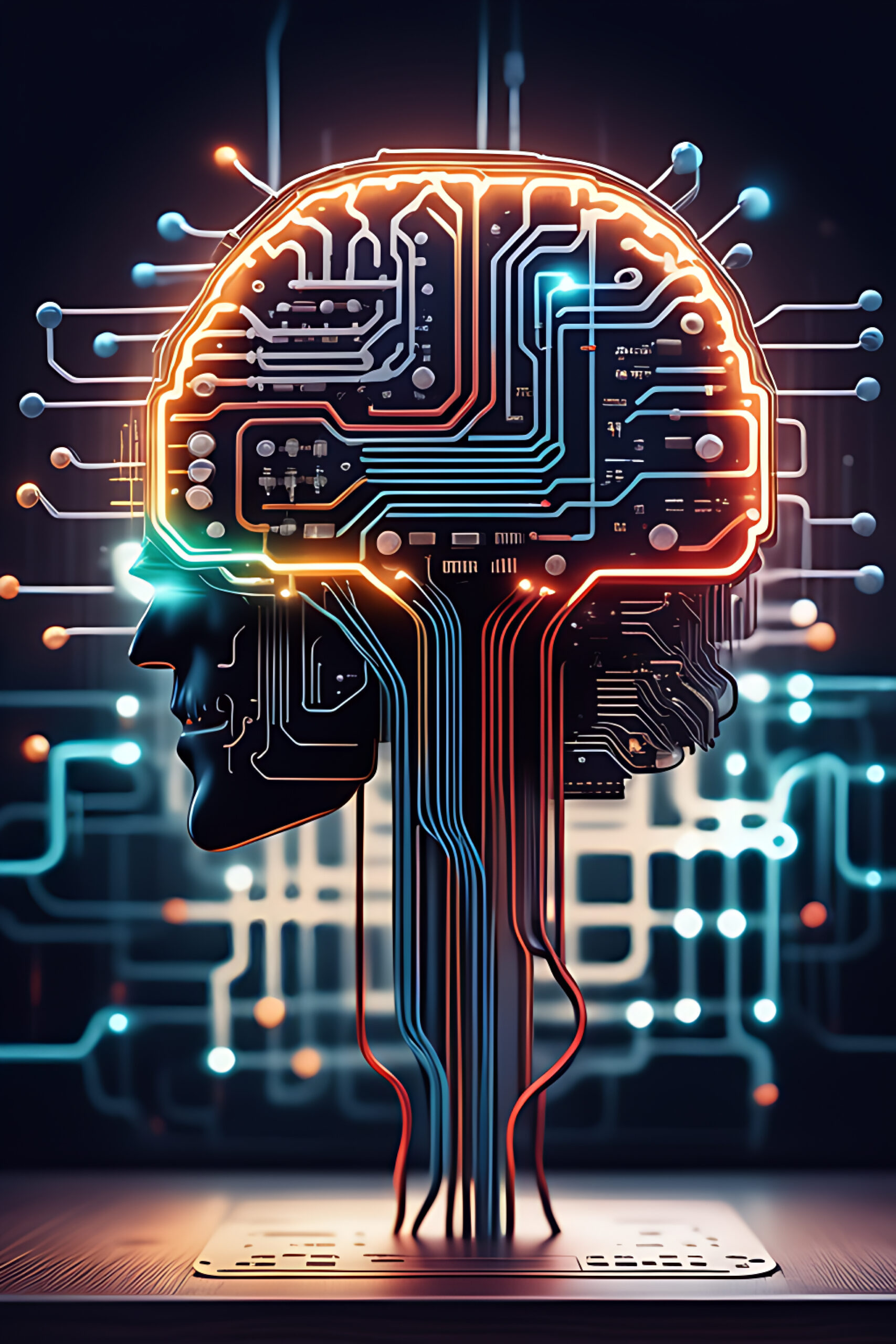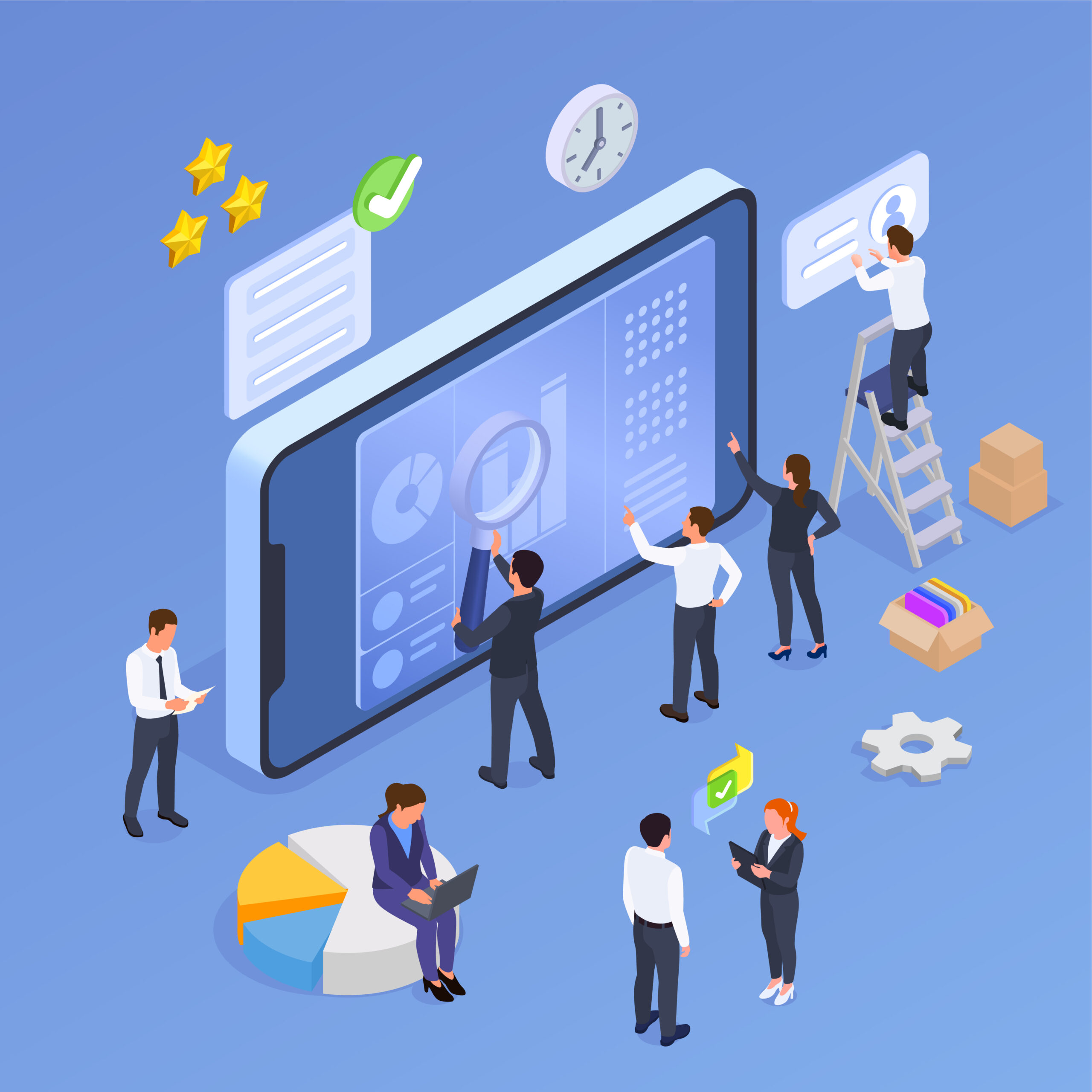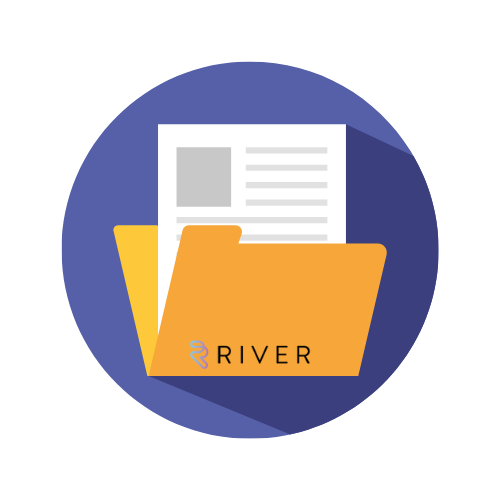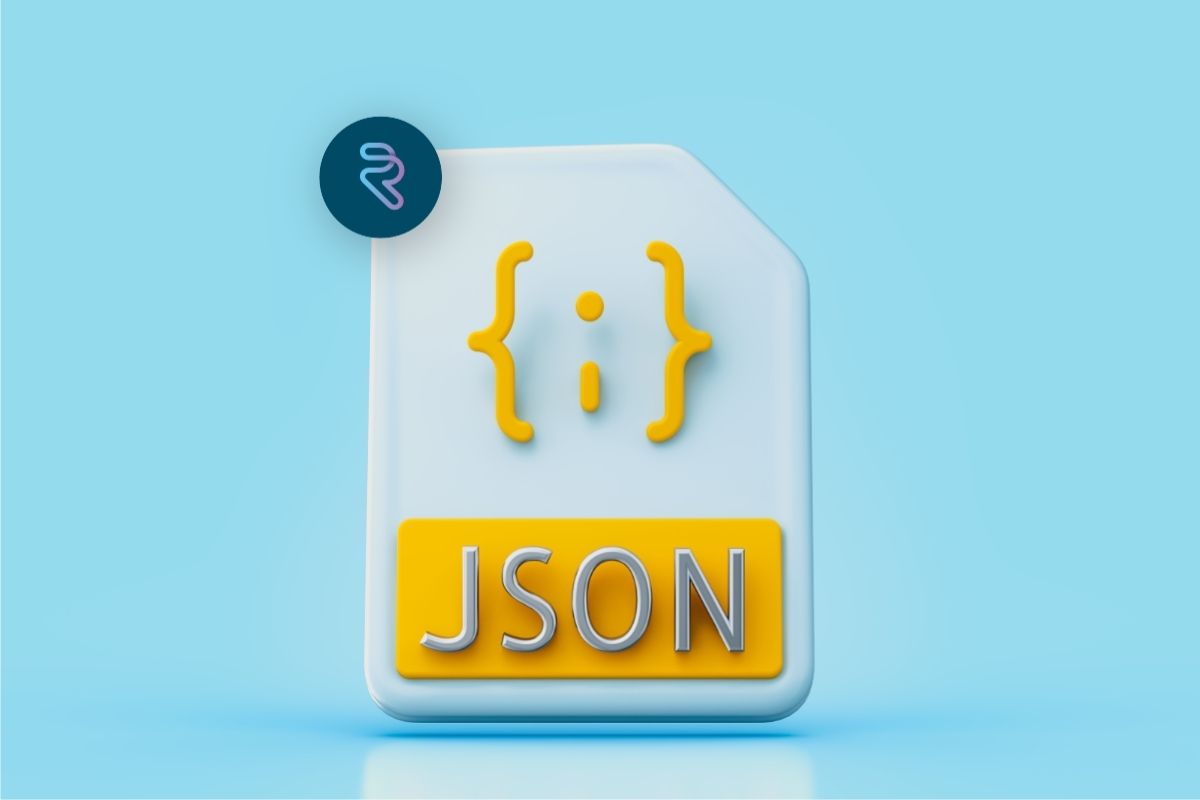Bartuğ Sevindik
Machine learning has become an important field that is rapidly evolving today and triggers a transformation in many sectors. In this evolution, cornerstones such as artificial neural networks (ANNs) represent a critical family of models that enable computer systems to learn and execute complex tasks. However, this evolution is not limited to machine learning; It also plays an effective role in Enterprise Resource Planning (ERP) projects that aim to optimize business processes.
In this article, we will examine the basic principles of ANN and provide an explanation of how we can develop these models using the Python programming language. In addition, we will discuss how these technological developments, which form the basis of ANN, can be offered as a solution, especially in ERP projects. Finally, we will talk about RIVER and the business processes of the future. Understanding how artificial neural networks can be used to make business processes more efficient and add value to ERP projects will provide both an academic and practical perspective.
What are Artificial Neural Networks (ANN)?
Artificial Neural Networks (ANN) is a machine learning approach that is designed with inspiration from biological nervous systems and provides successful results in data analysis and pattern recognition. ANNs consist of basic units called neurons that are interconnected. These neurons process input data and enable patterns to be detected through their weights and activation functions. Thanks to their learning abilities, these models can solve complex problems and extract meaningful information from data sets.

The similarity between a nerve cell inspired by the biological nervous system and an artificial neural network is given in Figure 1.
Things that can be done with ANN
ANNs have a wide range of applications. Some basic areas of use of these models are:
a. Classification Problems
Classification problems are one of the most common uses of ANNs. For example, in image classification problems, ANN models can be used to separate the content of an image into certain classes. Deep learning models such as AlexNet, VGG16, and ResNet have achieved great success in the field of image classification. In addition, the usage areas of these models have expanded and diversified, such as diagnosis of diseases in the medical field and object detection in the automotive industry.
b.Regression Problems
ANNs are also used effectively in numerical prediction problems. For example, regression models can be designed to predict house prices. These models can make predictions closer to the real market value by learning the factors that affect house prices. Such regression models can be developed with examples such as the Boston Real Estate Data Set.
c. Natural Language Processing
ANNs are used to perform semantic analysis on text data. This field includes applications such as chatbots, text translation, and sentiment analysis. For example, text translation services such as Google Translate make translations by understanding semantic similarities between different languages using ANN models.
d. Image Processing
Image processing is another area where ANNs are used strongly. ANN models are very effective in visual tasks such as object recognition, face recognition and image segmentation. For example, an object recognition competition is organized using deep learning models on images in the ImageNet dataset.
ANNs and Python
Python is the programming language of choice for developing artificial neural network (ANN) models. Popular libraries in this area include Keras, TensorFlow and PyTorch.
a.Keras Library
Keras is a library that provides a high-level interface that enables the rapid creation of ANN models. Appealing to a wide range of users from beginner to expert level, Keras simplifies complex neural network structures with its user-friendly API. At the same time, it offers flexible use by supporting underlying backend engines such as TensorFlow and Theano. These features of Keras make it particularly attractive to researchers and industry professionals who want to create rapid prototyping.
b. TensorFlow and PyTorch
TensorFlow and PyTorch are libraries that provide greater control over lower-level operations for designing and training ANN models. TensorFlow has strong performance, especially in managing large-scale models and distributed computation. On the other hand, PyTorch stands out with its dynamic computational graph and a user-friendly interface, making model development easier, especially for researchers. These libraries have gained wide acceptance in the machine learning community and are constantly being improved.
Areas of Use and Benefits of ANNs
ANNs have yielded incredible gains in many industries. ANNs are used effectively in many areas such as risk analysis in the finance sector, disease diagnosis in the healthcare sector, and demand forecasting in the retail sector.
ANNs and ERP Projects
The integration of Artificial Neural Networks (ANN) can make significant contributions to business processes in Enterprise Resource Planning (ERP) projects. This integration includes the use of ANN models, especially in critical areas such as demand forecasting, inventory management and customer relationship management. RIVER offers solutions that suit the needs of your business with its ability to design forms and transfer processes. This can be used as a powerful tool for organizing and optimizing data flows in ERP projects. At the same time, it provides the opportunity to respond quickly to customer demands and perform smooth data transfers between processes.
a. What is ERP and Its Role in Business Processes
ERP is an integration system used to organize the data flow between different departments of a business, manage resources effectively and provide real-time information to decision makers. It covers many functions such as finance, production, sales, purchasing and human resources. ERP systems can help businesses optimize their processes, increase efficiency and make better decisions. RIVER makes a strong contribution to the digital transformation processes of businesses with its features such as the No-Code approach it brings to ERP projects, rapid application development, mobile integration and customizable business process management. In this way, basic needs in ERP projects are met and business processes are managed more efficiently.
b. Contributions of ANN to ERP Projects
- Demand Forecasts
In ERP projects, ANN models can be used to make demand forecasts. Particularly in the retail industry, ANNs can help obtain more accurate results in future demand forecasts by analyzing historical sales data. This provides a critical advantage for inventory management and supply chain planning.
- Stock Management
ANN can bring a more effective approach to inventory management processes in ERP projects. ANN models can be used to predict dynamic stock levels and react quickly to changes in demand. This can help businesses reduce inventory costs and increase customer satisfaction.
- Customer Relations Management
Integration of ANN into ERP projects can strengthen customer relationship management (CRM) processes. By analyzing customer behavior, ANN models can help businesses provide special offers to customers, predict their demands and increase customer satisfaction.
Business Processes of the Future: RIVER, Neural Networks and ERP Integration
As Turkey’s first No-Code Application Development Platform, RIVER brings a new perspective to the business world with the integration of Artificial Neural Networks (ANN) and Enterprise Resource Planning (ERP) as well as digitizing business processes without writing code. In the future, groundbreaking developments are expected to occur in many business fields thanks to this strong unity.
a. Smarter and Adaptive ERP Systems
When Artificial Neural Networks are integrated into ERP projects, the learning capabilities of the systems increase. This enables ERP systems to become smarter and more adaptive over time. For example, when making demand forecasts, ANN models can predict future demands more precisely by learning from past data. This makes it possible to make more effective decisions in stock management and supply chain planning.
b. Fast Business Process Management with No-Code
RIVER’s No-Code approach provides the opportunity to quickly design and implement business processes in ERP projects. No-Code enables industry professionals and researchers to develop complex business processes insightfully without writing code. This enables businesses to launch new projects faster and optimize their processes.
c. Data Analytics and Decision Support
When ANNs are integrated through RIVER, they allow businesses to analyze their data more effectively. The use of ANN models in critical areas such as demand forecasting, inventory management and customer relationship management helps businesses make more informed and data-driven decisions. This increases the competitive advantage of businesses.
d. Mobile Workflows and Application Integration
RIVER’s Native Mobile Application feature offers access to business processes and ERP system from any device. This allows decision makers and users to track and manage processes mobile. Additionally, mobile integration allows field workers and managers to effectively manage business processes anytime and anywhere.
e. Competitive Advantage in the Business World of the Future
RIVER provides businesses with a competitive advantage in the business world of the future with Artificial Neural Networks and ERP integration. With rapid application development, adaptive business process management and data analytics, RIVER enables businesses to quickly adapt to dynamic and changing conditions. This is a critical element for long-term success.
As a result, RIVER’s No-Code approach offers new opportunities to businesses by increasing innovation and efficiency in the business world of the future with Artificial Neural Networks and ERP integration. This powerful alliance offers an important solution for businesses that want to optimize business processes, make data-driven decisions and gain competitive advantage.
Share
Blog










